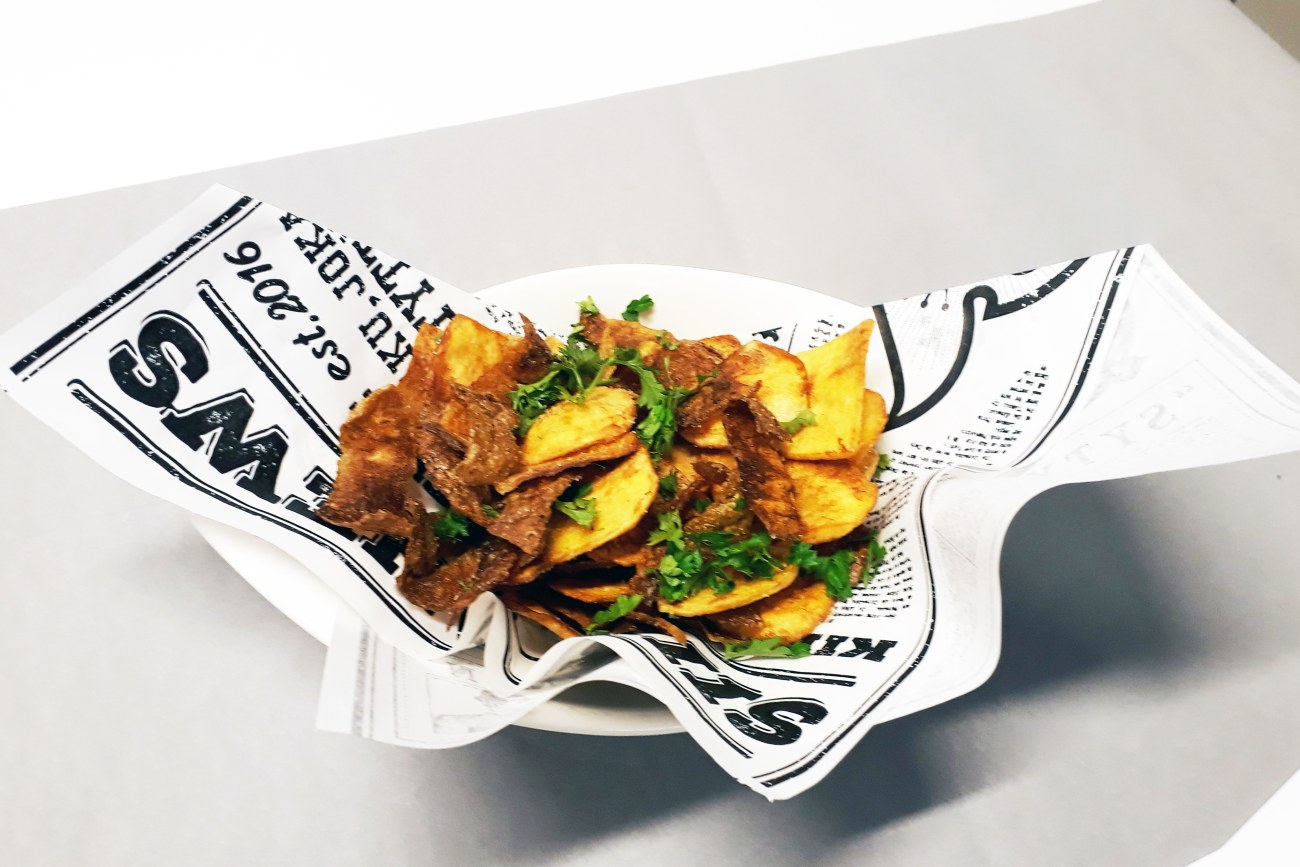Future Särkänniemi offers low-carbon restaurant experiences

The Särkänniemi area is being developed into a sustainable tourism area with low-carbon food chains.
“Low-carbon does not mean that all would eat vegetable food but restaurants will offer new choices which burden the environment less,” tells Project Manager Mikael Lindell from TAMK.
Low-carbon food chains are TAMK’s area of responsibility in the Sustainable Tourism Hub project. The Degree Programme in Hospitality Management has started to model a future restaurant street in Särkänniemi. Its objective is to be low-carbon and environmentally friendly.
“Low-carbon food chains are one of the key areas of sustainability in our development work,” adds Matti Pollari, Sustainable Tourism Hub project leader from Visit Tampere.
The whole food chain from production and transportation to consumption and waste treatment is considered in planning. Close cooperation is made with restaurants, wholesalers, small entrepreneurs and the third sector.
“We are now building a prototype with Särkänniemi. When we take the environmental aspects of food consumption to business and practice, we do something new and momentous. It is considered in modelling that the practical solutions support environmentally friendly restaurant culture and tourism,” Lindell tells.
Joint tools will be offered to present-day and new operators of the area in order to implement low-carbon services and promote new sustainable tourism business.
“Residents of the area can also participate in testing and shaping the services,” Lindell describes.

Objective is carbon-neutral Tampere by 2030
Development measures in the Särkänniemi area are related to the City of Tampere’s objective to be a carbon-neutral city by 2030.
“Our project is well-timed as we have the chance to affect the sustainability objectives of the city plan. We have established a cooperation network, done the preliminary work for a joint development platform as well as prepared a draft for a sustainability road map,” tells Pollari.
The project actively searches for applicable, new and sustainable service solutions through active cooperation and experiments. The solutions focus on five themes: renewable energy, circular economy, sustainable transportation and shipping, low-carbon food chains and related digital solutions.
Tampere University’s area of responsibility is to develop digital solutions for improvement of customer experience and marketing of low-carbon tourism.
The ERDF project is implemented by Visit Tampere, City of Tampere, Särkänniemi, Ekokumppanit, the Baltic Institute of Finland, Tampere University of Applied Sciences, Tampere University and an extensive company network.
Text: Kukka-Maaria Korko
Photos: Laura Vanzo, Visit Tampere and Tuija Heikkilä, TAMK’s Degree Programme in Hospitality Management





